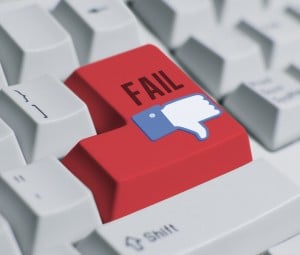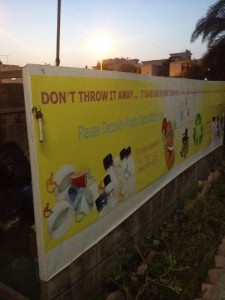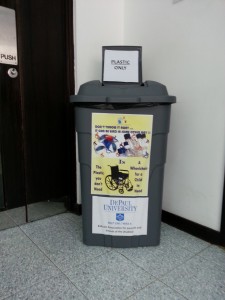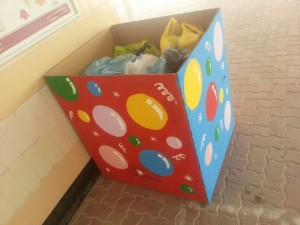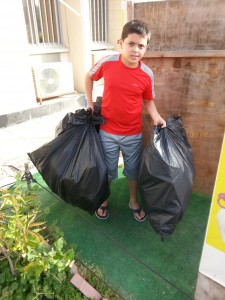Usually in our career we are looking to achieve successful projects, also we are studying the successful projects to learn how it was done.
But more experience we can get from failure projects, so that means even failure projects still marked as successes for us because we can learn more from it and also that will support in the future projects in order to do it successfully, so the failure project is not just time wasting.
In the article, the writer mentioned three lessons from a failed and I do agree that these are the top lessons.
1- The project schedule is your friend
One of the major causes of project failure is the lack of having a detailed project schedule, schedule should be addressed with dates so the targets will be easy monitor, also milestones should be shown and tracked during the project execution, the critical path also should be addressed so the activities. Missing of tracking the project will not give a warning of the project issues so the corrective response might be coming very late, and that will have a huge cost impact.
The project schedule should be monitored and continually updated through the project period.
2- You can’t escape the project triangle even if you’re an executive
We know the triangle constraints which are time, cost and scope. Also, we know that we cannot change one of these constraints without affecting the others, for example, changing the scope will affect the cost and time of the projects. Changing the project scope by adding additional work to it should be in the initial stages of the, otherwise it will have a huge impact on it in case of it become in the final stages.
3- Project heroics only lead to project failure
Projects need to be done as a team there is no one person can deliver the full project, relying on one person will guide the project to the failure path.
The inspiration of the team work should be there between the project members, everybody should feel of it, and they might work together and trust each other to achieve the goals.
During the project lifecycle, there will be success and failures but if we do monitor and update the project with reference to our initial plan it will be easy to find the issues and the problems; so it can be corrected and solved at the proper time, and be able to catch up the project and finish it successfully.
I had been working in a project which falls behind schedule due to the lack tracking of the progress, since the project manager was focusing on bigger projects ignoring that small one, and that was a major cause of the project failure.
Source:
